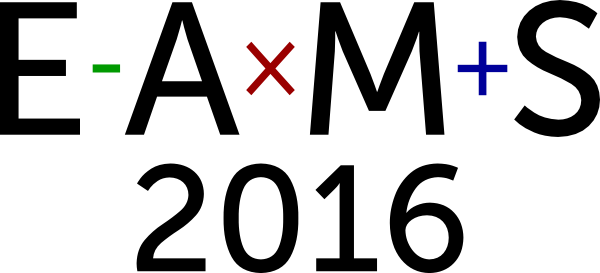Flipping large modules!
Designing an instructional strategy for a module of 160 students so that lecture sessions can be more personally responsive is a challenging task. It is clearly impossible to give every student one-to-one instruction, so some means of providing students with an automated-and-individuated experience is necessary.
Online, electronic technology provides an obvious means by which this might be achieved. One possibility is to adopt a semi-programmed learning philosophy. Instructional material can be delivered through documents and videos, while an e-assessment system such as Numbas can hold students accountable for working through the material, and can also capture student feedback for review. A mechanism such as “Adaptive Release” (Blackboard) or “Conditional activity” (Moodle) is able to enforce the pacing. This liberates time in class for tackling student questions arising from the material, before a final summative assessment.
In this talk, I will describe a unit that I set up along these lines, review the experience in the light of assessment data and student feedback, and suggest future modifications and directions for such an approach to online learning.


